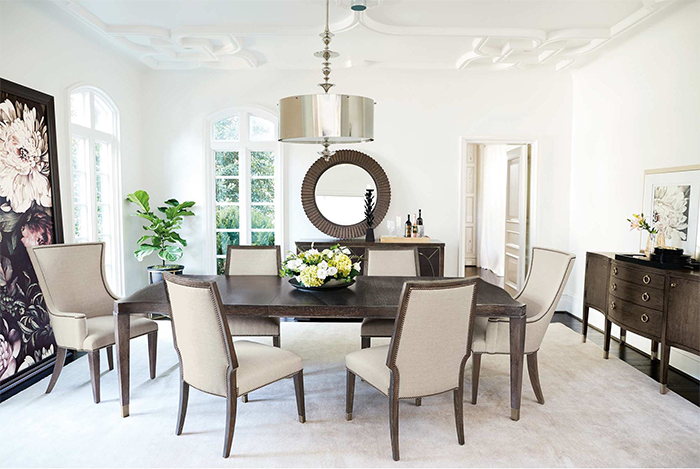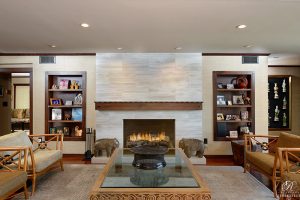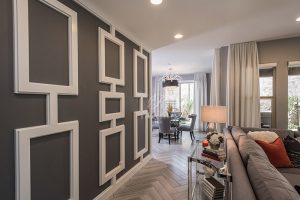
5 Key Home Interior Design Concepts
The design of your home shapes your experience within it. By using professional design concepts, furniture, colors and décor you can achieve exquisite results. But, achieving the interior design you want can be challenging. So it helps to know what some of the most impactful home interior design concepts are – whether you’re planning on designing your own space or using an interior designer. Before your next design project, make sure you or your designer incorporate these crucial design concepts.
- Balance
 The balance concept can be achieved in different ways including symmetrical, asymmetrical and radial. The idea of balance is for equal distribution of weight throughout the room.
The balance concept can be achieved in different ways including symmetrical, asymmetrical and radial. The idea of balance is for equal distribution of weight throughout the room.
Symmetrical balance – This is a traditional option. Symmetrical balance is when the interior designer uses the same objects in the same position throughout the room. For example, the same lamp on either side of a couch.
Asymmetrical balance – This is a more casual option and more appropriate for certain styles. It is difficult to achieve, but a professional designer can get it done by using different objects and placing them at the same level. For example, using a mirror on one side of a fireplace and a painting on the other.
Radial balance – This is where elements are arrayed around a center focal point. This is an interesting concept, but if done right, can add a lot of personality to your space. Think of a spiral staircase in the middle of a room surrounded by furniture and décor.
- Focal Point
Most rooms in your home should always have a focal point, sometimes, even more than one! A focal point leaves a lasting impression, draws in attention and can tie in the style and theme of your décor. This can be achieved by using a fireplace, large television or even a highlighted piece of furniture or artwork as a focal point.
- Rhythm
Rhythm should always be a design concept used in interior design. This can be achieved by repetition, progression, transition and contrast.
Repetition – This is when you use the same element throughout your home. For example, a certain pattern like plaid, a specific color like blue or a texture like velvet.
Progression – This is when you increase or decrease the qualities of an element. For example, decorating with a cluster of candles that are various heights, or using different shades of a certain color throughout your home.
Transition – An arched doorway is a great transition piece for a smooth flow from one space to another. Different transition options are hard to explain, but easy to achieve.
Contract – Don’t be afraid to add contrast to your interior design. For example, using black and white pillows, or decorating with circles and squares.
- Unity

- Details
This might be the most important design concept and is usually something an interior designer has mastered. Minor details can be often overlooked at times. This includes the color, size and shape of things, the trimming and even light switches. An interior designer will be able to scale and proportion things. They will also be able to incorporate colors that will help with achieving certain moods, like relaxation and calmness.
Are you looking to work with an award winning home interior designer? Just give us a call at (877) 651-8315 or conveniently schedule a consultation with one of our premier interior designers through our website!


